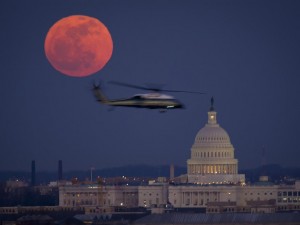The following web sites may be helpful for your research project due May 7, 8 or 9. (see instructions page)
http://www.cellsalive.com/
http://learn.genetics.utah.edu/content/begin/cells/
http://www.biology4kids.com/files/cell_main.html
http://www.johnkyrk.com/er.html
http://www.nsf.gov/news/overviews/biology/interactive.jsp
The above sites are interactive and are definite musts for your research. Be sure to take notes, and be careful not to plagiarize this project. If the material is too complicated, then please ask for clarification.
If you find any real cool sites, please submit by copying and pasting along with a brief description to help guide us. I will upload them after review. Be careful not to do random searches into unknown territory. If you add the K12 or kids or education it will often help alleviate taking you to some undesirable site. However, the above sites are truly the best I’ve found.
Happy Studying!!!
Dear Students and Parents for blog
A copy of this letter was sent home with your child on March 20th.
Thank you for taking the time to read this important information with your child.
Seeds
- Label peat pot
- Fill and pack with soil
- Plant three seeds
- Place in container with your class period marked on it
- Start data sheet ( page 81)
- List seed types
- Seed depth
- Soil type
Then start your National Geographic-science Page (page 80 or 82)
- 3 pictures
- 3 captions
- 3 or 4 colors
- Yellow border
- Nat geo symbol
- Volume, etc.
- Slogan
This sight looks really helpful. Check it out.
www.eia.gov/kids/
Read the link from NOAA and make a comment. I hope we get another day to play in this fun frozen crystal!
http://www.noaa.gov/features/02_monitoring/snowflakes_2013.html
At conferences I mentioned that I would like to try to get more interaction in my BLOG from students and families that might want to interact.
This month’s challenge is:
Read this article posted on the New York Times website about sand dunes and protecting beaches.
http://www.nytimes.com/2012/12/04/science/earth/after-hurricane-sandy-dunes-prove-they-blunt-storms.html?_r=0
After reading this story, How would you feel about placing dunes along the Oregon coast? Are they necessary? And, can you suggest other ways to protect our coastlines from storms? I look forward to reading your comments. (Students, remember to use name and last initial only. Your email will not be published but is necessary in order to receive your comment. Also, think about currents, waves, tsunamis, and other ocean related topics we have studied.)
Up to 5 extra credit points for thoughtful science based comments per student.
For Blog
Web addresses for Solar System Research
Try any of these websites. Explore a topic and takes notes, create art, etc., but be sure to give science related information to back up the art and creativity. Put the final work on pages 20 or 30 in your science journal.
http://solarsystem.nasa.gov/planets/
http://starchild.gsfc.nasa.gov
http://hubblesite.org/gallery/album
www.mreclipse.com
http://svs.gsfc.nasa.gov/
Don’t forget about the http://stardate.org/nightsky/moon/
website as well. OTHER WEBSITES ARE STRICTLY PROHIBITED.
Happy “travels” through these websites.
I am so happy to be back at school getting ready to meet all of my new students and their parents. This should be another exciting year, and I can’t wait to get started and dig into the process with you (ALL) as we explore science together. Our first unit will be the study of our place in the universe, beginning with our location in our solar system. Start paying attention to where the moon is located and what phase its in. Like my father once said to me, “I will be looking at the same moon.” 
